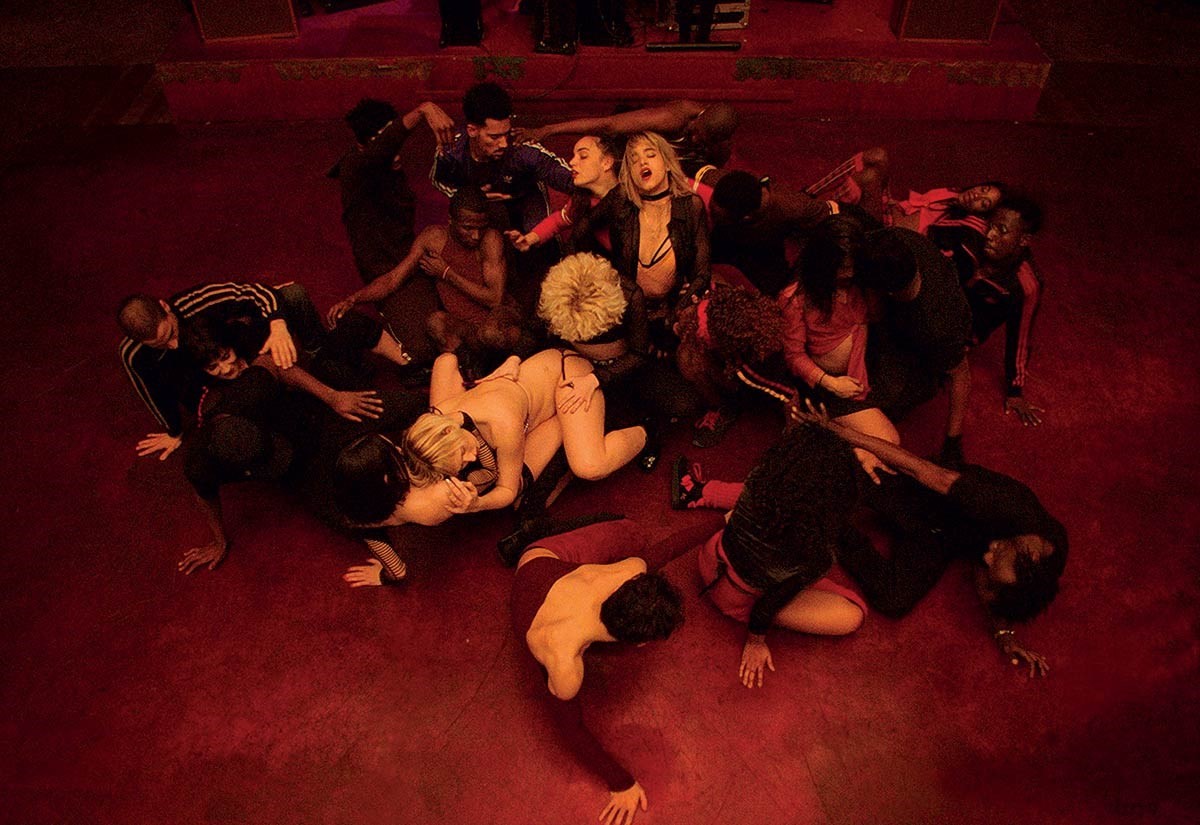Love him or hate him, Gaspar Noè rarely leaves indifferent. Inevitably, we’ve been allured by his cinematography and we plunged in CLIMAX, his last ordeal. An aesthetic horror such as Guadagnino’s Suspiria, it did not escape the keen reviews of our Sofia and Carlotta.
CLIMAX – as seen by Sofia Brugali
Gaspar Noè’s new movie doesn’t deserve a regular review, but an experimental and fragmented comment. Spectators have to be aware of what awaits them. They have to live the performance with the right disposition, which means they crave for dancing and they are willing to give in to music, pleasure and fear. They will face an intense audiovisual orgy, which gradually and ruthlessly becomes a bad trip. The hypnotic and thumping music sensually fuses with the hallucinating photography. This union gives birth to an oxymoron that moves towards the wild and unmerciful bounds of the human psyche. Dance – a primordial need of redemption and freedom, an instrument of catharsis – becomes a desperate and carnal action, a cry for help, an attempt to exorcize death in life’s excesses. Hardcore and decadent, Climax is an experience that for better or worse won’t leave you cold. And if still you are not persuaded to watch it, just remember to check out the soundtrack!
CLIMAX – visto da Carlotta Magistris
Darkly crossing the borders between a junk movie and a peculiar musical, Gaspar Noè, one of the most personal and authorial “things” that happen to live in contemporary cinema, shots a movie which is none of them. Sensational electronic music from well-known names like Daft Punk put side by side with Erik Satie’s “Trois Gymnopedies” and a whole cast made by dancers who, apart from Sofia Boutella, never attempted acting before, make up a lysergic bad trip full of a pop aesthetics from the nineties, the decade where the movie is contextualized. A visceral cinema made by images, targeted on an audience already in love with his maker but also on those who ask cinema a full fruition of aesthetic and sensuality. While a bad drug experience declines into hell, with a surprising ending which emphasizes the banality in itself, Noè seems to draw the shape of a larger human mosaic, where demons from individual conscience make impossible a stable cohabitation in a society or basic sociality interaction.









Commenti recenti